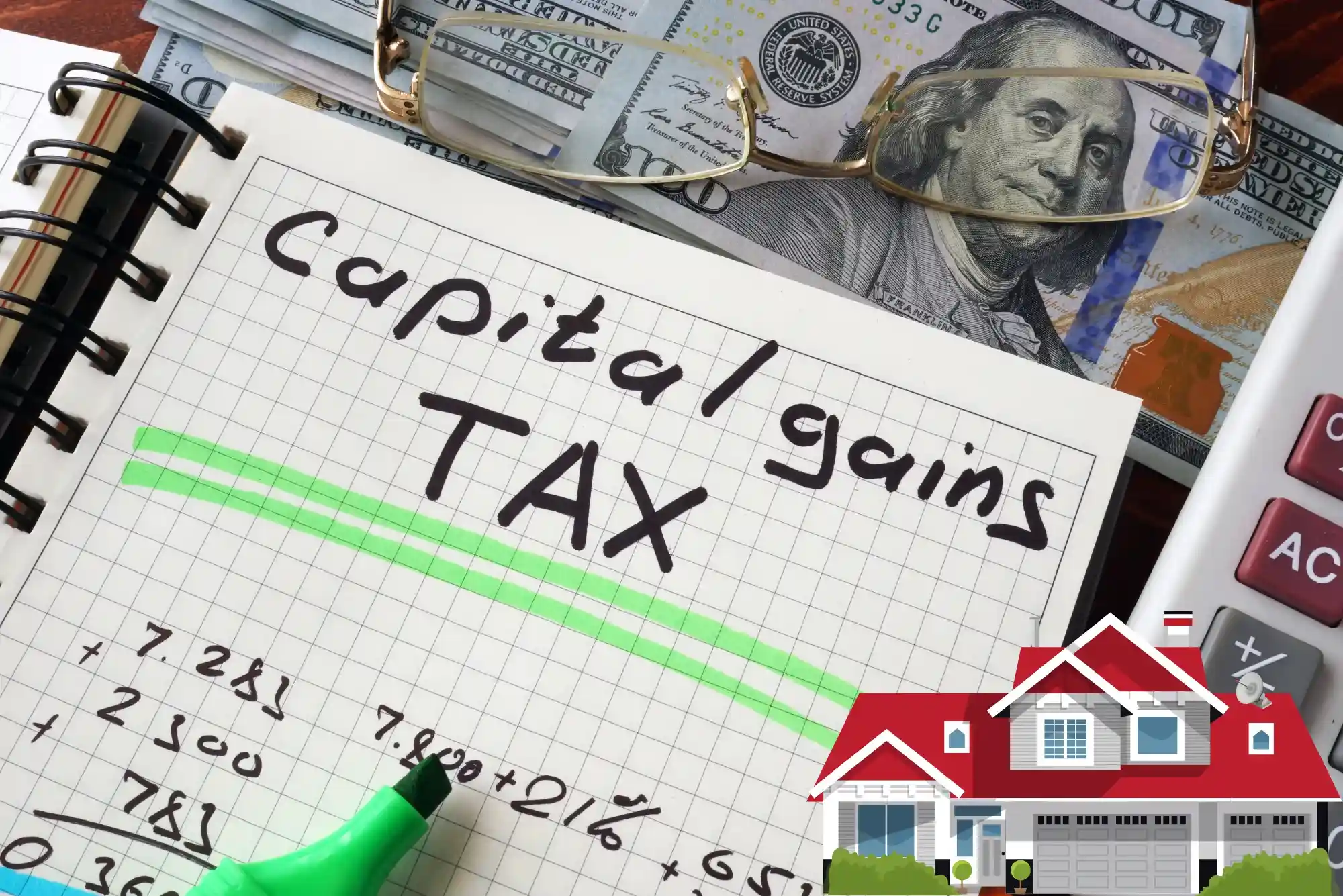Understanding Residential and Commercial Real Estate
Real estate is broadly categorized into residential and commercial properties, each serving distinct purposes and offering unique investment opportunities. Residential real estate consists of properties designed for individuals and families to live in, including single-family homes, apartments, and condominiums. In contrast, commercial real estate encompasses properties intended for business use, such as office buildings, retail centers, warehouses, and hotels.
Both real estate categories contribute significantly to economic growth, but their investment dynamics, market trends, and financial considerations differ substantially. Understanding these differences is crucial for investors looking to maximize their returns and select the most suitable property type.
Key Differences Between Residential and Commercial Real Estate
Investment Potential and Profitability
Residential real estate is often considered a more stable investment, driven by consistent demand for housing. Rental properties in urban areas generate steady income streams, making them attractive for first-time investors. The financing options for residential properties are also more accessible, with lower down payments and longer loan tenures.
On the other hand, commercial real estate offers higher income potential due to longer lease agreements and higher rental yields. Businesses often sign multi-year leases, ensuring consistent cash flow for property owners. However, commercial properties require a larger initial investment and involve more complex management processes.
Market Trends and Demand Factors
Market trends in residential real estate are influenced by population growth, employment rates, and interest rates. A rise in remote work has increased demand for suburban and mixed-use residential properties. Investors are now exploring sustainable housing options with energy-efficient designs to attract environmentally conscious tenants.
Commercial real estate trends, on the other hand, depend on economic conditions, business expansions, and technological advancements. The growing demand for co-working spaces, logistics hubs, and retail developments is shaping the commercial real estate sector. Prime commercial developments like “Damac Executive Bay” offer lucrative investment opportunities in thriving business districts.
Cost Considerations and Financial Factors
The financial structure of residential real estate differs significantly from commercial investments. Residential properties typically have lower acquisition costs, making them more accessible to individual investors. Property maintenance expenses are also lower, with some costs shared by tenants.
In contrast, commercial real estate requires substantial upfront capital due to larger property sizes and higher maintenance costs. Investors must account for property taxes, insurance, and operational expenses. Analyzing rental pricing through the “rental index” helps investors set competitive lease rates and assess market trends. The rental index also plays a crucial role in forecasting future rental growth in commercial spaces.
Sustainability and Green Building Trends
Sustainability is becoming a critical factor in both residential and commercial real estate investments. Homebuyers and renters prefer energy-efficient homes that reduce utility costs and minimize environmental impact. Features like solar panels, smart home systems, and green building certifications enhance property appeal.
In commercial real estate, businesses seek office spaces with eco-friendly designs to meet corporate social responsibility goals. Green buildings improve energy efficiency, reduce operational costs, and attract high-quality tenants. The integration of sustainable practices in real estate development is reshaping the future of property investments.
Choosing the Right Property for Investment
Selecting the right property depends on individual financial goals, risk tolerance, and market conditions. Residential real estate is a suitable option for investors looking for stable rental income and long-term appreciation. It requires minimal management efforts, making it ideal for passive investors.
Commercial real estate, particularly in premium locations like Damac Executive Bay, offers higher returns but requires careful planning and professional management. Investors must consider lease structures, tenant quality, and market demand to ensure profitability.
Understanding rental pricing trends through the rental index is essential for both residential and commercial investors. It helps determine fair market values and predict rental income potential over time.
Conclusion
The primary difference between residential and commercial real estate lies in their purpose, investment potential, and financial structures. Residential properties provide stability and affordability, while commercial properties offer higher income potential and long-term growth.
Investors must analyze market trends, financing options, and sustainability factors before making investment decisions. By leveraging insights from the rental index and exploring high-demand commercial spaces like Damac Executive Bay, investors can maximize their real estate portfolio’s profitability.
For expert real estate insights, investment strategies, and property market updates, visit Second Blow. Staying informed about emerging trends will help investors navigate the evolving real estate landscape.









